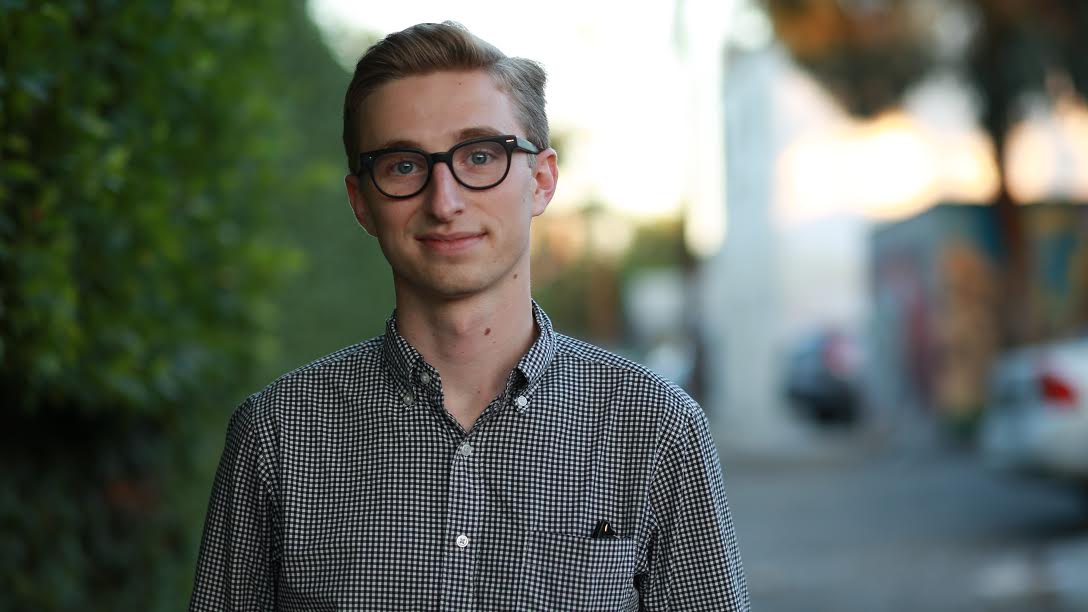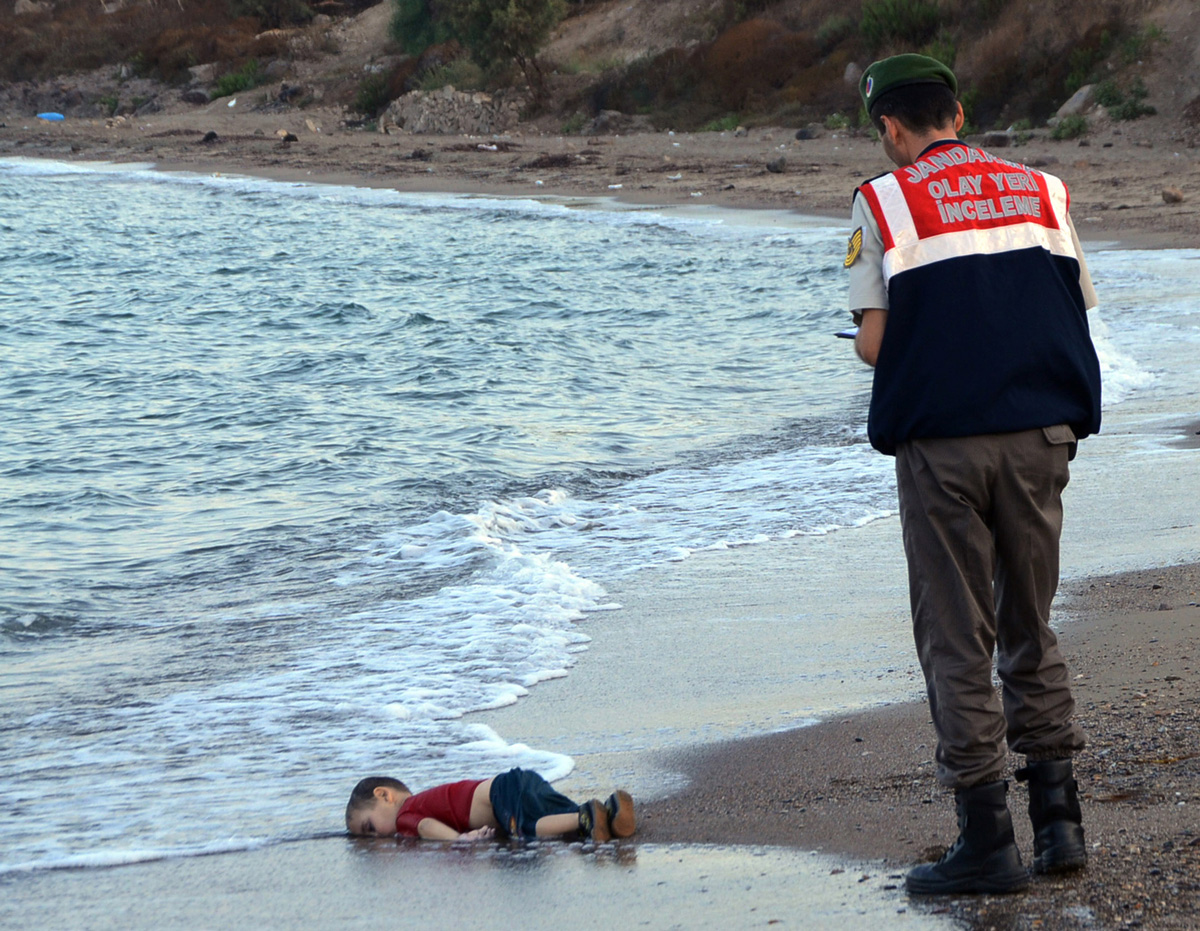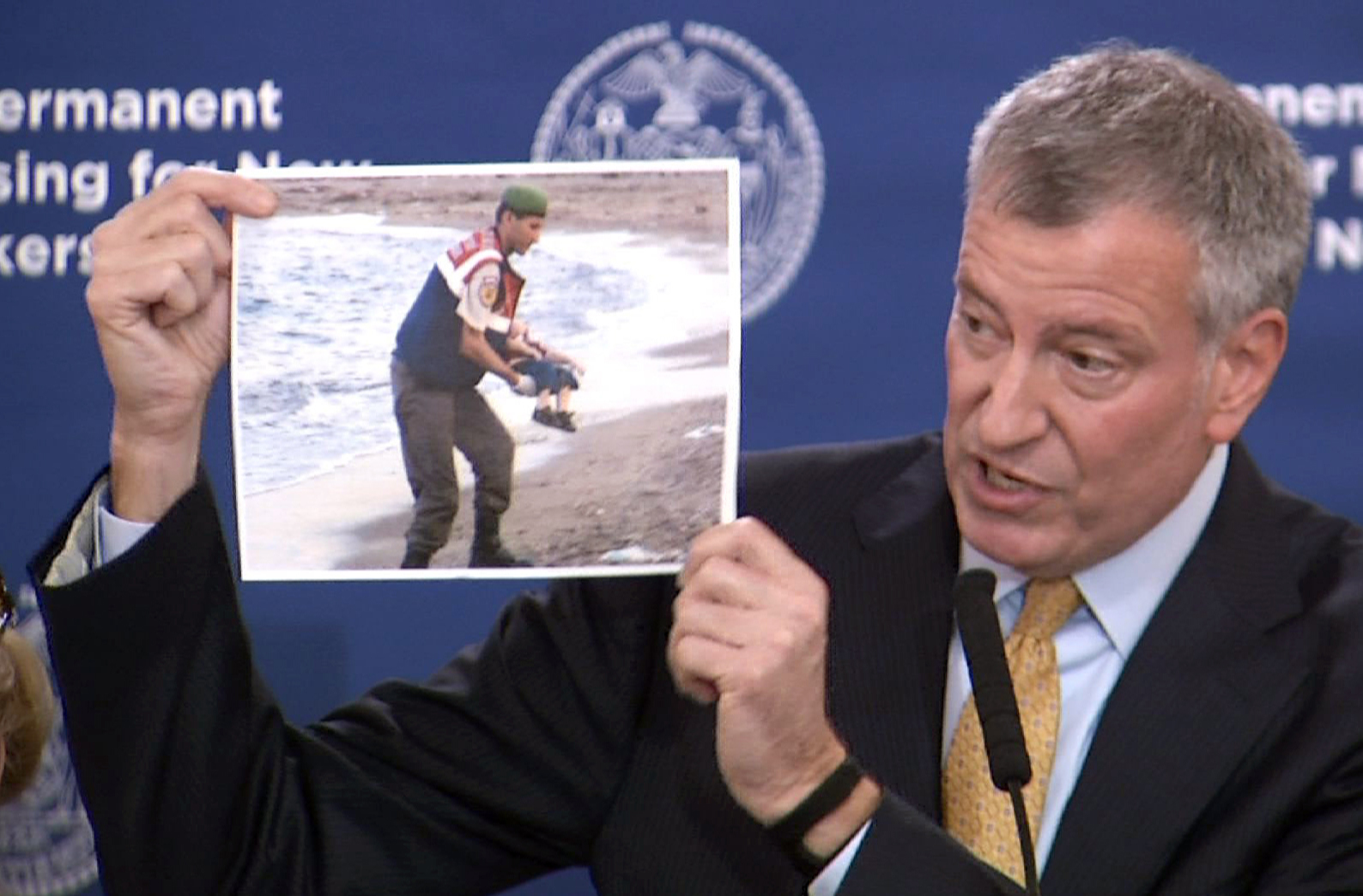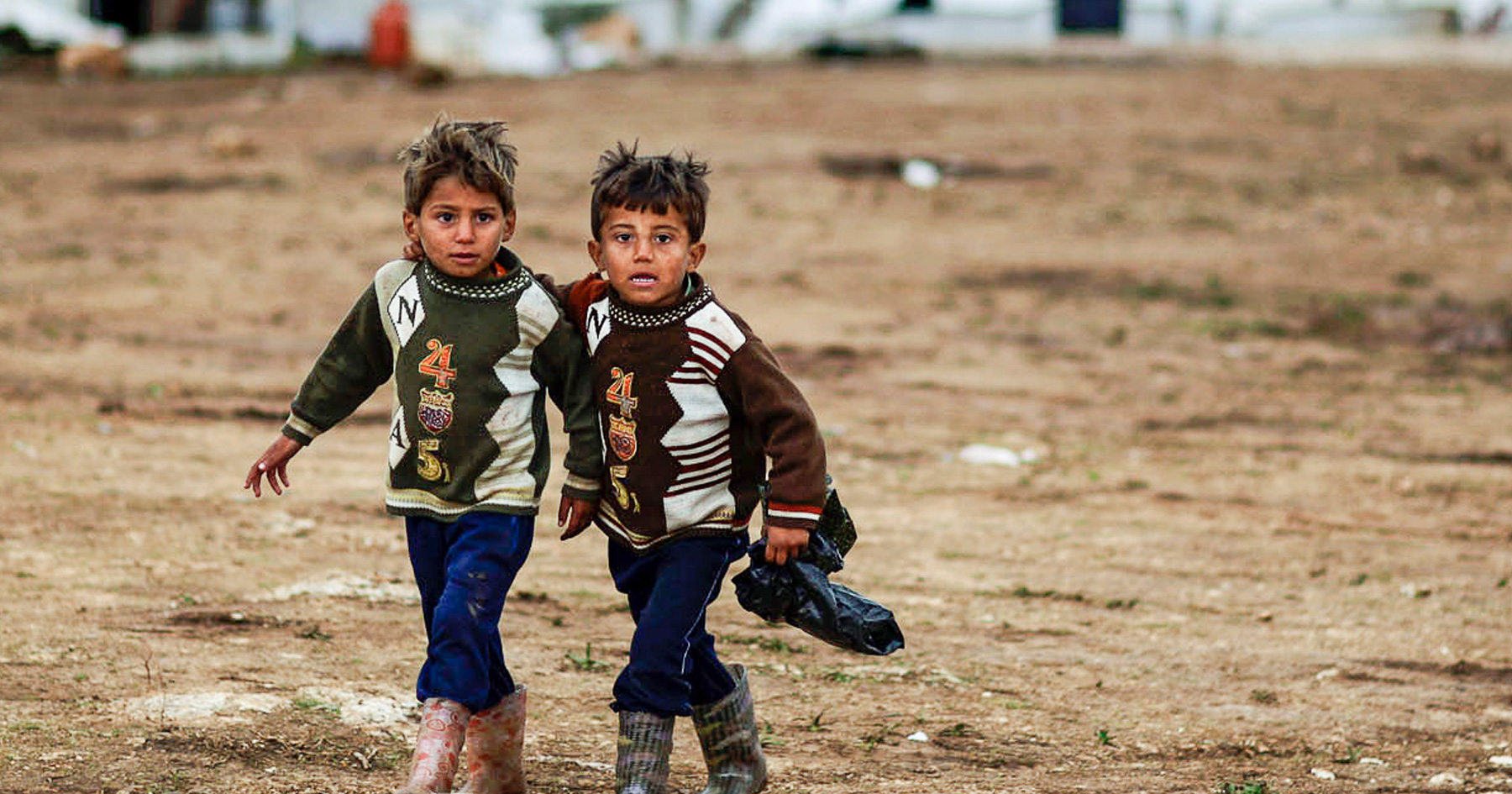How Sharing This Photo Inspired Action for Syrian Refugees

By:
The image of a drowned three-year-old boy washed up on a Greek shore in September was more than a graphic reminder of the Syrian refugee crisis. According to a new report, the widely shared photo also inspired a massive increase in donations to a refugee charity fund, revealing the powerful influence of imagery on charitable giving.
 AP/DHA, File - apimages.com
AP/DHA, File - apimages.com
Oregon based Decision Sciences Research Institute found that the amount of daily Donations to the Swedish Red-Cross were 55 times higher after the photo was publicized, Reuters reports.
"People who had been unmoved by the relentlessly rising death toll in Syria suddenly appeared to care much more after having seen Aylan's photograph," the study authors wrote. "The main take-home message of this paper is that emotional reactions can influence actual donation behavior strongly."
The photo of Kurdi, a Syrian child who died as his family attempted to flee to Greece from their war-torn homeland, was widely published by media organizations and shared on social media around the world. It became an iconic visualization of the refugee crisis, which forced millions to evacuate and left hundreds of thousands dead, according to Amnesty International.
 Associated Press - apimages.com
Associated Press - apimages.com
But it wasn't the mounting reports of human suffering and the sobering statistics of conflict that spurred a flood of donations to the refugee fund; it was Kurdi, the study concluded. Following the child's death and the release of his photo, the number of daily donations to the fund increased fom about 1,000 to nearly 14,000, Reuters reported. That translated into 55 times as much money (approximately $210,000 more per day) in the weeks after Kurdi died.
The report offers further evidence of a phenomena that researchers have previously studied.
A 2013 study published in the Journal of Neuroscience looked at brain scans of people who were asked to make donations to orphans, broken into three groups: one group was given a photo of the orphan, a second group was given a photo showing only the silhouette of the orphan; and a third group was asked to decide on a donation without a photo.
 Flickr/Freedom House - flic.kr
Flickr/Freedom House - flic.kr
The group that received the photo donated the most, The Atlantic reported. The photo seemed to cause a spike in activity in the nucleus accubens, a part of the brain associated with pleasure, which demonstrated the psychological impact of visuals on empathy.
However, the Decision Sciences Research Institute also found that while images may prompt an immediate boost in empathy, that reaction is not necessarily long-lasting. This type of reaction is "prone to fade out quickly, thus resulting in sharp increases and decreases in helping behavior, despite the existing need being very stable," the study authors concluded. Donations to the Swedish Red Cross began falling off within the first month, Reuters reports.
